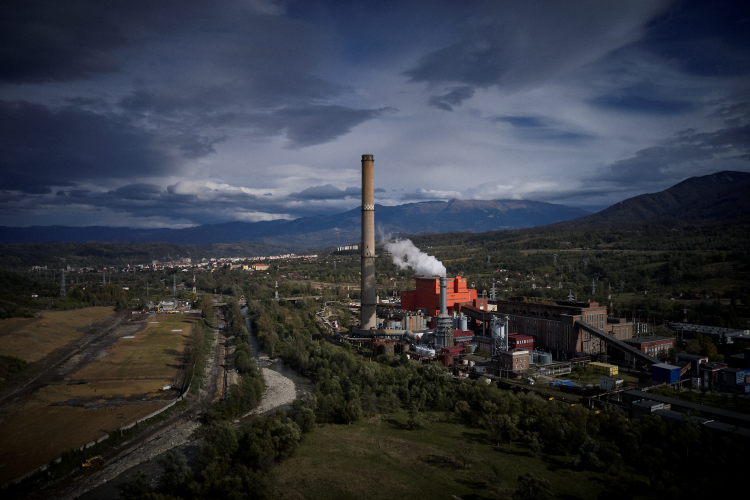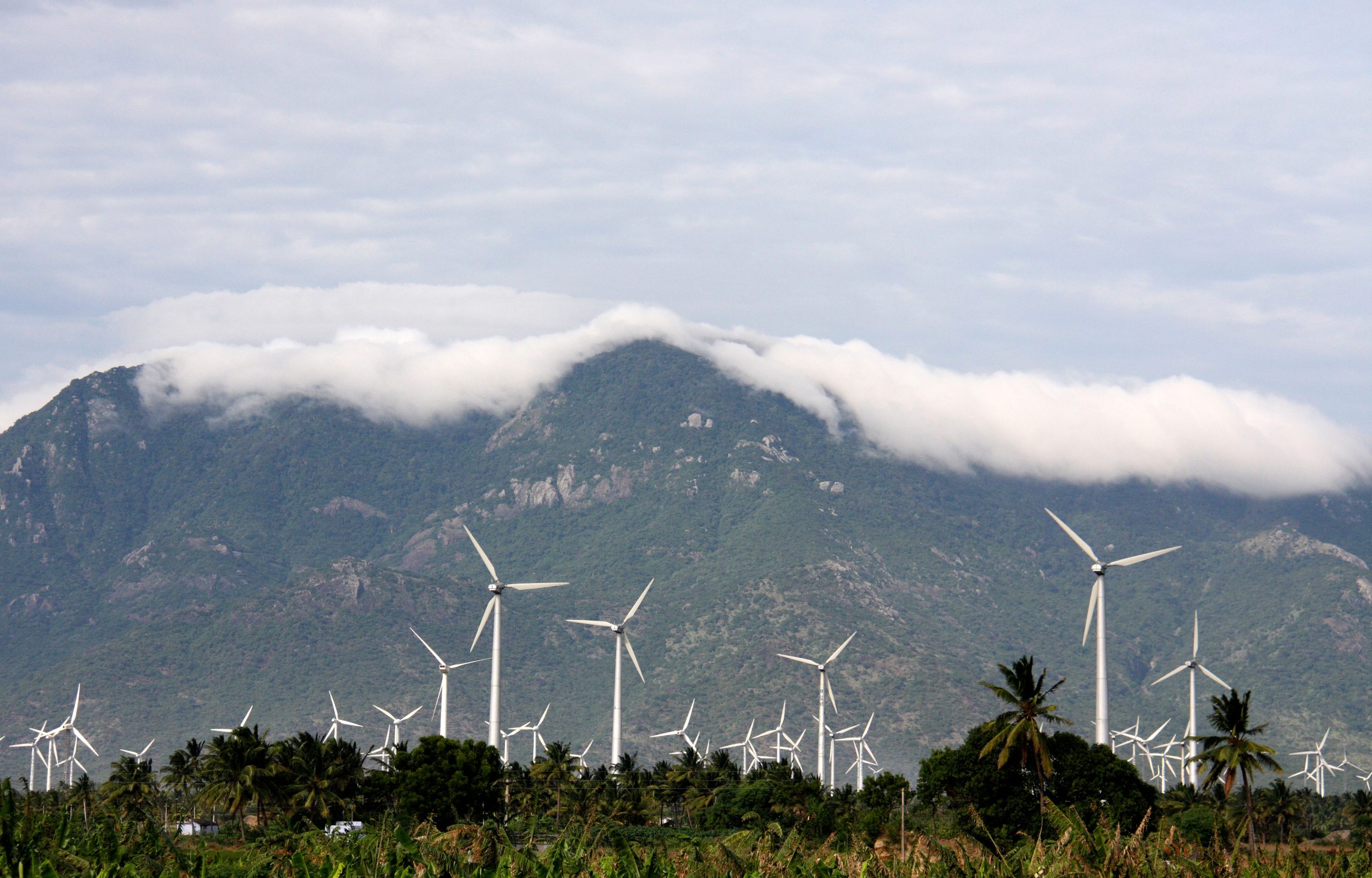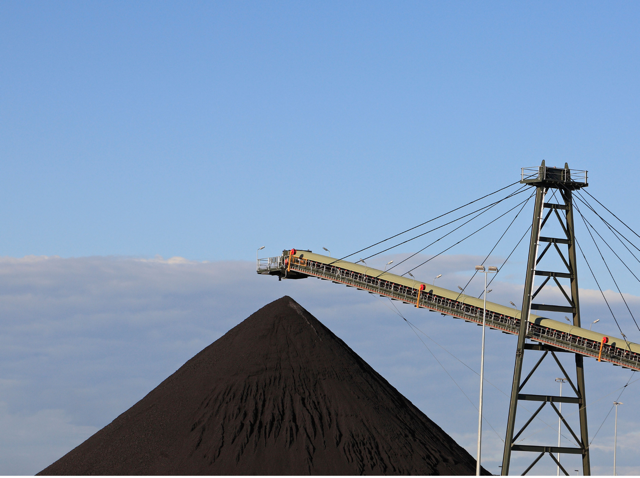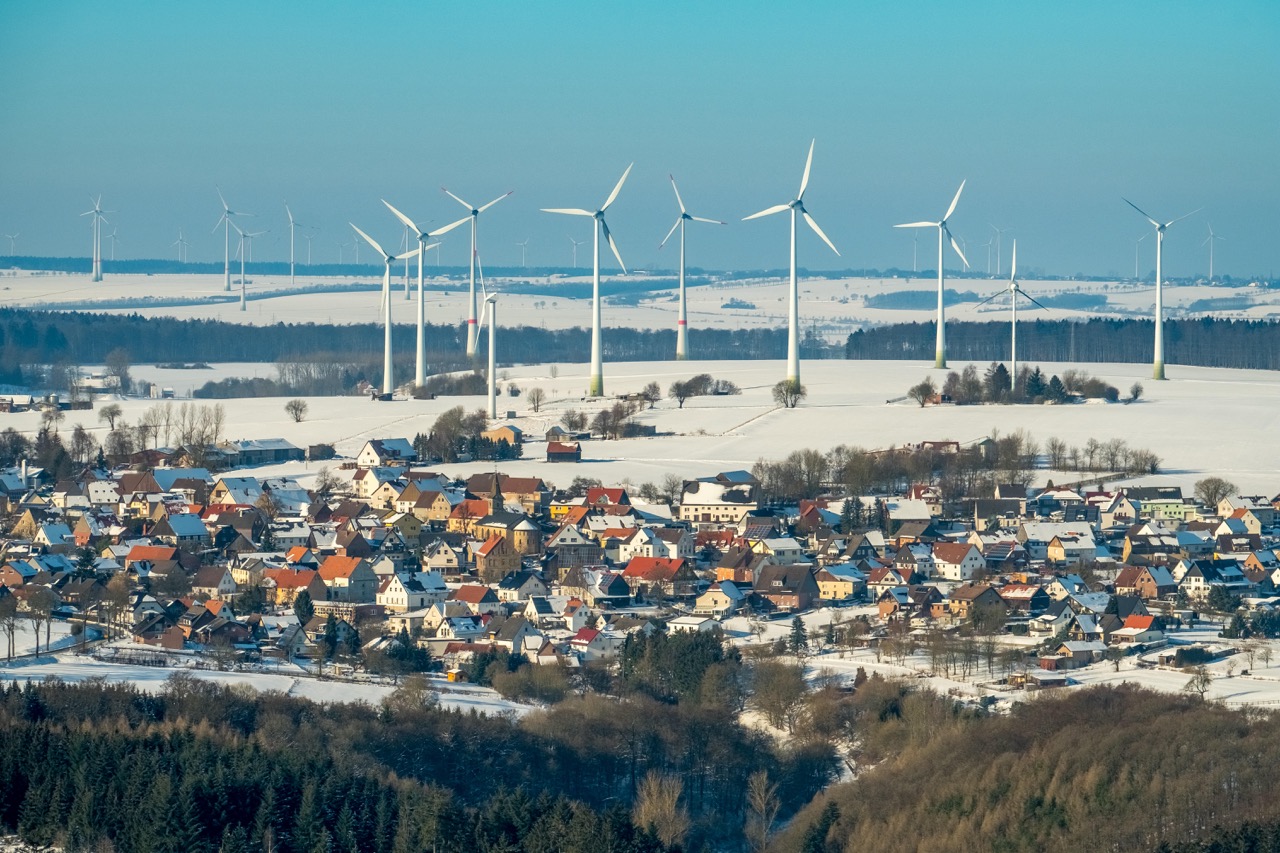India’s journey to net-zero by 2070 hinges on strategic phasing down of coal-based electricity, which could involve three critical stages.
India has set a target to achieve net-zero carbon emissions by 2070, as announced by the Hon’ble Prime Minister at the COP26 summit. Despite having one of the lowest per-capita emissions, India is the third-largest GHG emitter in the world. The Indian power sector, as the single largest CO2 emitter, contributes approximately 50% of the total CO2 emissions, making it a critical area for transition planning. To achieve economy-wide net-zero emissions by 2070, the Indian power sector will need to reach net-zero emissions much earlier.
In the financial year (FY) 2023-24, electricity demand grew by 7.8%, while the country recorded its highest-ever peak demand of 250 GW on May 30, 2024. With electricity demand expected to increase by around 6% annually over the next decade, power sector transition planning must also ensure affordable and reliable electricity supply.
Understanding options to reduce reliance on coal power is essential for India to move towards achieving net-zero in the power sector. The process of phasing down coal generation in India could be understood by looking at how integration of RE and storage impacts the need for coal power over time. This could be split into three stages.
Stage 1: Period of slowing growth in coal generation
In this stage, the growth of coal-based electricity generation slows down significantly as RE is increasingly integrated. Coal’s share in the generation mix decreases, though absolute coal generation might still increase to meet non-solar demands, but at a slower rate. This stage is reached when the Levelized Cost of Electricity (LCOE) of RE without storage becomes much cheaper than the LCOE of new coal generation and, in many cases, cheaper than the marginal cost of existing coal. Annual RE additions need to significantly increase to ensure that the growth in absolute coal-based generation slows down.
Stage 2: Period of plateau in coal generation
In this stage, the absolute generation from coal increases marginally or plateaus. This occurs when the LCOE of RE plus storage becomes less than the LCOE of new coal, but not cheaper than the marginal cost of existing coal. This leads to minimal to no growth in absolute coal generation terms.
Stage 3: Period of absolute decline in coal generation
In this stage, the LCOE of RE plus storage becomes cheaper than the marginal cost of existing coal, allowing it to displace coal generation even during non-solar hours. New RE plus storage capacity will be added incrementally whenever financially viable. This displacement can also occur as existing coal generators reach the end of their respective lifetimes.
In India, the timelines for phasing down coal generation have been unclear due to several uncertainties, especially regarding storage costs, demand growth, and the costs of solar and wind energy. Socioeconomic factors such as job creation, livelihood, state finances, and manufacturing advancements also impact the transition’s pace and feasibility.
The cost-effectiveness of storage is an important factor in India’s decision to commit to no new coal additions and investing in solar plus storage could be the least cost option going forward. The fewer long-life coal-fired power plants India builds from now on, lesser the lock-in effect will be, resulting in a faster and cheaper coal phase-down process, particularly as India enters the third phase of phasedown.
Pumped hydro storage plants (PSP) could be an option and currently is the most cost effective amongst the energy storage systems. TERI’s recent study spelt out the ways in which large-scale PSP capacity can contribute to India’s 500 GW of non-fossil fuel capacity by 2030 target. The government has also come up with guidelines to promote pumped hydro in India. But the growth in the next decade (the time-horizon of this study) will depend on the extent of projects already in planning and under-construction, so the study does not explore sensitivities around PSP costs. Thus, this report mainly focuses on battery cost declines, and its implications on the phase-down of coal-based generation.







